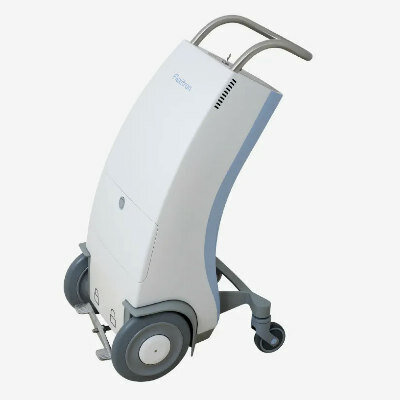Smelling Food Activates the Brain Differently than Eating It
By MedImaging staff writers
Posted on 21 Apr 2008
Smelling food triggers different brain areas than consuming it, according to a recent study that shows definitively what researchers have long suspected.Posted on 21 Apr 2008
"We believe that these findings add to our understanding of chemosensation and food reward and will have important implications in addressing the obesity epidemic,” said lead author Dr. Dana Small, assistant professor of psychiatry and associate fellow of the John B. Pierce Laboratory at Yale University (New Haven, CT, USA).
Dr. Small and her colleagues are interested in understanding how sensory processing interacts with behavioral choices such as decisions to eat or stop eating in healthy individuals and in people with eating disorders. Theorists have postulated that overeating results from a heightened sensitivity to food reward. Others, according to Dr. Small, have argued that people overeat because they experience less pleasure from eating and eat to boost a sluggish reward system. She said these two apparently contradictory hypothesizes may be reconciled if food reward is considered as multifaceted.
"For example, it could be that some people are more sensitive, and less able to resist, food cues, such as an aroma of freshly baked bread, and that these same people also experience less pleasure when actually eating the food,” Dr. Small said.
In this study, Dr. Small and her co-investigators described the circuits that code the characteristics of these two facets of food reward. The study was based on two functional magnetic resonance imaging (fMRI) scanning studies in which subjects sniffed food aromas and drank the drinks associated with the aromas while undergoing scanning. The food odors were pineapple and peach in the first experiment, and pineapple and chocolate in the second. The drinks were pineapple, peach, and a chocolate milkshake.
What the investigators observed is that different areas of the brain respond to the aroma of chocolate, peach, or pineapple compared to the ingestion of those foods.
According to Dr. Small, the group currently is evaluating responses to food aromas and food ingestion as a function of weight and eating style. The study was published in the March 13, 2008, issue of the journal Neuron.
Related Links:
Yale University














